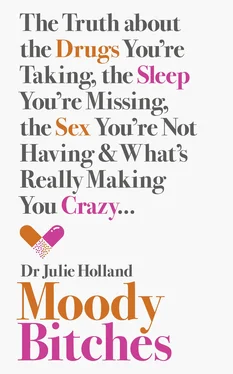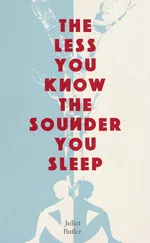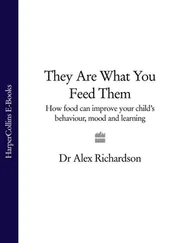In my office, I often hear stories of misdiagnosis from my female patients. They offer lists of physical complaints to their male doctors, who are quick to dismiss them as hysterical, though they never utter that word if they’re smart. “You’re just stressed” is a popular conclusion offered instead, or else they’re saddled with the diagnosis of fibromyalgia and treated, conveniently, with the same medicine they’d get if they were “just stressed”—antidepressants. Over the years, I’ve had multiple patients misdiagnosed with fibromyalgia when in fact they had Lyme disease, lupus, hypothyroidism, rheumatoid arthritis, or, in one case, ovarian cancer.
Women’s sensitivities extend to the physical; our bodies feel more pain than men’s do. There is overwhelming laboratory evidence that women have lower thresholds for pain, experience greater pain intensity, and have a lower tolerance for experimentally induced pain. Women are also more apt to notice aches and pains in their bodies, due to their neurologic underpinnings, particularly their more active insulae. We have more serotonin receptors to process pain, and our hormones estrogen and progesterone affect endorphin transmission and opiate receptors, leading to higher perceptions of pain.
It is important to note that where we are in our menstrual cycle also affects our pain sensitivity. We are more sensitive not just to social slights before our periods but to physical pain as well. Add to this the fact that many of us do somaticize, that is, focus on how our body feels and convey that to others. Again, this may be the insula in action. Some of our awareness and discussion of our physical pain may be caused by our experiencing, but not giving a voice to, the psychic pain of feeling put-upon or burdened. Our psyches are silently screaming for attention and relief, but we translate that psychic pain into bodily pain, which is easier to attempt to eradicate with medications and the attention of (often male) physicians.
The study of pain specific to women is in its infancy. In the journal Pain , nearly 80 percent of the studies included male subjects only, with only 8 percent studying females only. Medicine is not keeping pace with the pain so many women suffer. Men presenting with the same symptoms as women are taken more seriously and given a more thorough diagnostic workup. You see this in reports of chest pain, in lung cancer, and in general complaints and diagnostic workups. Without a doubt, you see it the most in psychiatric complaints.
Women are still, very simply, second-class citizens in the world of medicine. Until recently, surgeons knew much less about female pelvic anatomy and nerve-sparing surgery for women than for men. This ignor-ance has translated into thousands of hysterectomies (the US performs this operation more than any other country) with avoidable complications, like diminished or absent orgasms or urinary incontinence.
Nearly all medical research, and in particular drug research, is still performed on male subjects, whether animal or human. Later, when the drugs come to market, problems specific to women may surface only after the drug has been in use for many years. Eight of ten drugs withdrawn from the market between 1997 and 2001 posed greater health risks for women than for men. After twenty years on the market, the sleeping pill zolpidem finally has a separate recommended dose for women, half the strength of the usual dose, because it turns out that women metabolize the drug differently, having higher levels in their blood from the same dose. People are finally talking about the fact that women are unrepresented in clinical studies, but until the medical community better recognizes the complexity of the female brain and body—and how they differ from men’s—we will be at a disadvantage.
We are not men. We are women. We feel more deeply, express our emotions more frequently, and get moody monthly. It’s normal. It’s nature’s way. And we don’t necessarily have to medicate away the essence of who we are to make others more comfortable. In fact, once we better understand our bodies and our own moods, we will realize that as women we have many natural tools for tackling all of the challenges of our busy, complex lives.
Конец ознакомительного фрагмента.
Текст предоставлен ООО «ЛитРес».
Прочитайте эту книгу целиком, купив полную легальную версию на ЛитРес.
Безопасно оплатить книгу можно банковской картой Visa, MasterCard, Maestro, со счета мобильного телефона, с платежного терминала, в салоне МТС или Связной, через PayPal, WebMoney, Яндекс.Деньги, QIWI Кошелек, бонусными картами или другим удобным Вам способом.












